#california condor
Text

California Condor, Gymnogyps californianus, a critically endangered Pleistocene vestige.
2K notes
·
View notes
Text

My gift for @mathpope from a recent discord “secret Santa” art exchange! I give you the great California Condor, king of North American vultures, lording over a megafaunal feast.
Some notes on the border art: the tree branch flourishes up top depict bristlecone trees, another unique Pleistocene holdover that clings to existence in remote parts of California. The insects in the curve of the mammoth tusks are condor lice (Colpocephalum californici), a parasite that fed exclusively on California condors and went extinct when the 22 birds left in existence were captured and de-loused for the breeding program to save their species. The woven art on the sides depicts two indigenous myths about condors, left side as a beneficial entity, saving humanity from a primordial flood (Wiyot), and right side as a bloodthirsty antagonist that gets beheaded by Ground Squirrel (Mono). The bones overhead (mammoth, moose, horse) are all Pleistocene megafauna that the condor would have been specialized in feeding on.
Thanks for another fun trade!
712 notes
·
View notes
Text
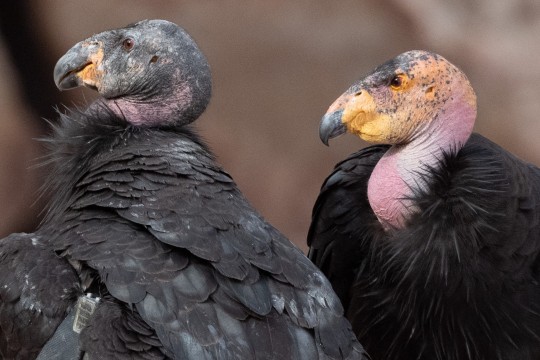
[1994/11056] California condor - Gymnogyps californianus
Order: Accipitriformes
Family: Cathartidae (new world vultures)
Photo credit: Cynthia Case via Macaulay Library
257 notes
·
View notes
Text
BOTD: California Condor

Photo: Donna Pomeroy
"A holdover from prehistoric times, the great condor is one of our largest and most magnificent birds -- and one of the rarest. Soaring over wilderness crags, feeding on carcasses of large dead animals, reproducing very slowly, it was not well suited to survival in modern-day southern California. Headed toward extinction in the 1980s, the last birds were brought in from the wild in 1987, to be bred in captivity for eventual release into the wild again. The captive breeding program turned out to be surprisingly successful, and flocks of released condors are surviving in several areas of California and in the region of the Grand Canyon."
- Audubon Field Guide
#birds#california condor#birds of north america#north american birds#condors#vultures#raptors#birds of the us#birds of mexico#birding#birdblr#birblr#bird watching#bird of the day#Gymnogyps californianus
163 notes
·
View notes
Text

💥 PUNK CONDOR ADOPT! 💥
today, september 2nd, is international vulture awareness day! this condor is up for USD offers - winner will donate the amount directly to the peregrine fund OR yurok tribe condor conservation programs! see replies for toyhouse link :]
#anthro#furry#fursona#anthro avian#anthro vulture#vulture#condor#california condor#punk#queer#lgbt#lesbian#trans#sfw furry#clean furry#adopt#adoptable#open adopt#character design#stanley does art
206 notes
·
View notes
Text


Mauritius Kestrel & California Condor for #avianaugust!
carrd / patreon
172 notes
·
View notes
Text

California Condor
80 notes
·
View notes
Text
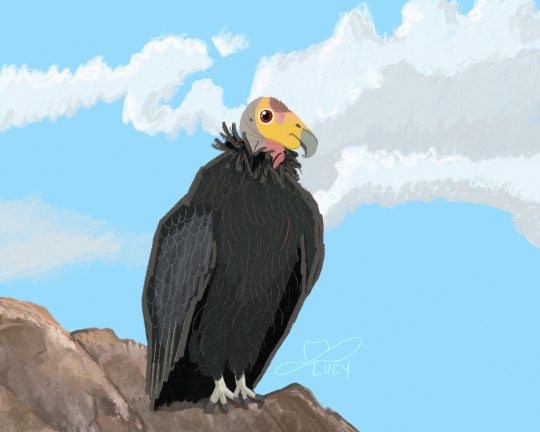
day 12- california condor
listen. making a condor cute ain’t easy
189 notes
·
View notes
Text
California agencies working to protect critically endangered condors are on high alert after 20 recent deaths in northern Arizona, wildlife officials said last week.
A highly pathogenic avian influenza that has infected domestic and wild birds across the country has been confirmed as the cause of death for California condors in in the Arizona-Utah flock. By April 17, the U.S. Fish and Wildlife Service reported 20 condors had died. So far, tests confirmed 10 of those birds were positive for the avian flu.
The virus had not been detected in condor populations in Ventura County or other parts of California and Baja as of late this week. But agencies monitoring those flocks were preparing emergency actions in case that changes, said Ashleigh Blackford, the federal agency’s California condor coordinator.
“Our concern is definitely heightened in California,” Blackford said.
More populations, more protection
Agencies have worked for decades to help the species recover. The largest flying land bird in North America — known for its bald head and black feathers — had all but disappeared in the wild by the early 1980s.
The population dropped to just 22 birds in the wild in 1982. Five years later, all remaining wild condors were placed in a captive breeding program to save the species from extinction.
By the end of last year, 347 condors lived in the wild – 183 in California and 116 in the Arizona-Utah region.
Supporting separate populations in different areas was part of the plan to help the species overcome any single event such as a virus outbreak or wildfire. The more populations and the more birds increases the odds of survival, Blackford said.
The condors also continue to rely on captive-bred birds being released into the wild.
Virus can be fatal
The avian influenza can spread quickly and appears to be almost 100% fatal for some species. But scientists didn’t know until the recent outbreak how infected condors would fare.
“Now, we know that answer, and it is an unfortunate answer," Blackford said.
But some condors do appear to be recovering. Eight sick condors were captured in Arizona and brought to a facility for treatment. Of those, four died and four others are still receiving care and showing signs of improvement, wildlife officials said.
A setback for Arizona flock
The 20 recent deaths account for around 17% of the Arizona-Utah flock. That's four times the number of deaths in the region last year.
"That’s a substantial setback for this flock," Blackford said. "But it is not insurmountable."
In all of last year, the agency reported 20 condor deaths, most of them in California. Lead poisoning is consistently the leading the cause of death and continues to be the biggest concern for agencies working to protect the species.
The birds feed on carcasses containing bullet fragments, so trying to get folks to use other types of ammunition continues to be a priority, wildlife officials said. Lead poisoning not only can be fatal but also can suppress the immune system, increasing the condors risk from other illnesses.
"If we were not losing birds to lead, then our population would be stronger," Blackford said. "It would be more robust, and we would have healthier birds."
How to help
While the risk to the public's health is low, officials said human infections can happen and the general public should avoid handling wild birds. State and federal agencies recommended the following tips.
Report dead birds using the state's mortality reporting system to help officials monitor the outbreak at wildlife.ca.gov/Living-with-Wildlife.
If you see condors, observe from a distance. Stress can be harmful to birds exhibiting symptoms of illness.
Keep your family, including pets, a safe distance away from wildlife. Do not feed, handle or approach sick or dead animals or their droppings.
Prevent contact of domestic or captive birds with wild birds.
Find more information about the avian influenza: cdfa.ca.gov/ahfss/Animal_Health/Avian_Influenza.html, aphis.usda.gov/aphis/ourfocus/animalhealth/animal-disease-information.
#California condors#California condor#raptors#birds of prey#birds#animals#wildlife#nature#vultures#avian flu#endangered species#extinction#animal death
294 notes
·
View notes
Text

California Condor
475 notes
·
View notes
Photo
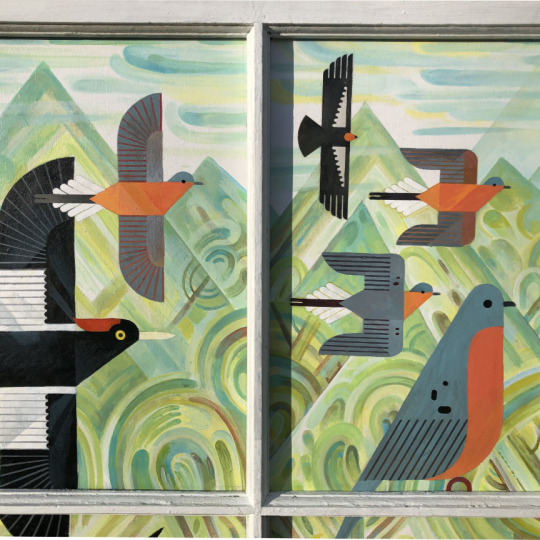



Bird Window February 2023, acrylic on panels, window frame, 34.5″ x 56″
A piece depicting North America’s disappearing avifauna. Details depict:
Ivory-Billed Woodpecker, Passenger Pigeon, California Condor
Carolina Parakeet
Azure-Mantled Warbler, Eskimo Curlew, Piping Plover, Golden-Cheeked Warbler, Whooping Crane, Heath Hen
The Azure-Mantled Warbler is a hypothetical species representing those which disappeared prior to recorded history, but which were seen by ancient people and named in languages that are also extinct.
The piece also depicts several of J. J. Audubon’s mystery birds, most of which have never been recorded since Audubon.
#bird window#acrylic painting#bird art#audubon#avifauna#ivory billed woodpecker#passenger pigeon#heath hen#carolina parakeet#whooping crane#california condor
500 notes
·
View notes
Photo


11/30/22 California Condor
#daily dino#dinovember2022#dinovember#yay last day of dinovember!#i did the condor with the flags because they sometimes make same sex pairings#and i read there are some females they found to reproduce asexually#species: california condor#california condor#condor#lgbt#asexual#pride#nature art#bird art#queer#avian dino#avian dinosaur
969 notes
·
View notes
Note
What’s the coolest kind of vulture in your opinion?
aestetically it has to be the bearded vulture/lammergeier

photo credit Bart Geier
red eyes funky trousers eats bones what more could you want
and egyptian vultures are very cool

photo credit Uğur Demirtaş
they exhibit tool use by throwing rocks at eggs to crack them!
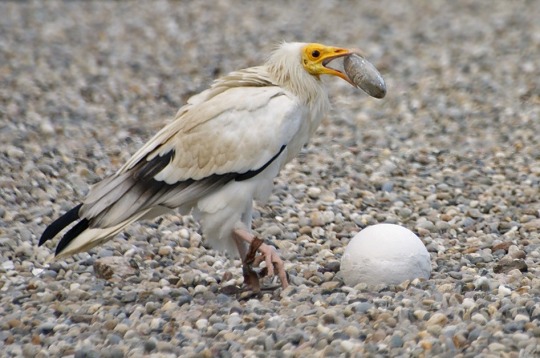
photo credit Martien Uiterweerd
also these guys :)

photo credit Mark Scheel
#animals#birds#vultures#bearded vulture#lammergeier#egyptian vulture#california condor#wildlife#photo#ask#op
610 notes
·
View notes
Photo

Condor Close-up by tomblandford
California Condor (Gymnogyps californianus)
#california condor#condor#endangered species#bird#bird of prey#Gymnogyps californianus#Gymnogyps#Endangered Bird
272 notes
·
View notes
Text
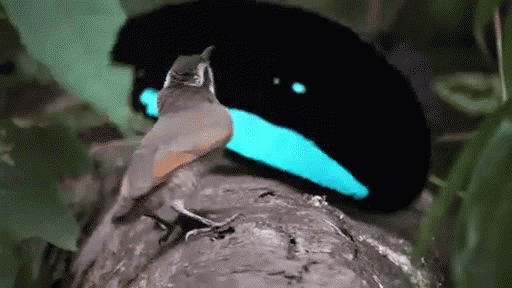

Remember to read about the contestants before voting!
Superb Bird of Paradise!
This little dancing bird should be recognizable to most internet patrons. Their distinctive dance, in which their feathers form an elliptical disc around their face with the vibrant blue popping against the dark black as they hop about the female, is mesmerizing to say the very least. The female to male ratio is considerably different, and with there being less females to woo, this gives the males a better incentive to have an elaborate dance. Learn more!
California Condor
The blast from the past, the California Condor is not entirely unlike the Coelacanth. They are from a time of giants, a prehistoric creature who is STILL WITH US today! This particular Condor is sporting an asexual flag because there is evidence that they have performed parthenogenesis! An asexual icon! There are so few of them, almost all of them are tagged with particular names. It was brought back from the brink of extinction, and we are very lucky to still have them here with us. Learn More!
(Superb Bird of Paradise gif by BBC)
(California Condor Art by @tertain-the-original )
#bird battle#round three#birds#polls#superb bird of paradise#bird of paradise#California condor#condor
247 notes
·
View notes
Text

Grand Canyon
Arizona. US
#landscape#nature landscape#landscape photography#nature#nature photography#sky#clouds#sunlight#evening#sunrays#mountains#canyon#canyon mountains#bird#California condor#tree#hazy#haze#national park#South rim#photographer on tumblr#grand canyon#grand canyon national park#US#united states#united states of america#Arizona
236 notes
·
View notes